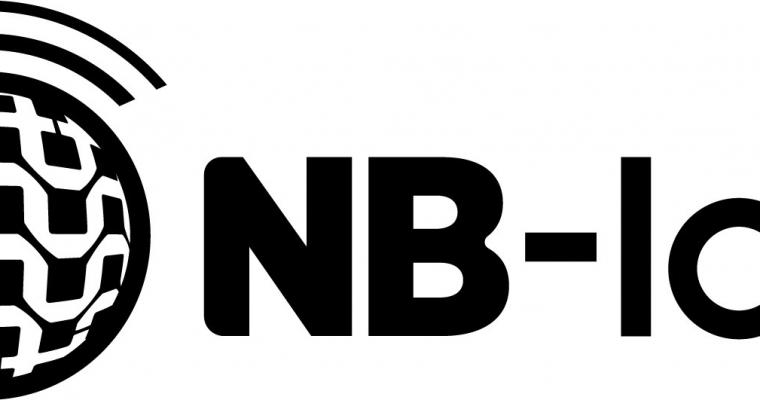
Narrow Band IoT explained.
Narrowband IoT (NB-IoT) is a breakthrough technology in the realm of Internet of Things (IoT), designed to enhance global connectivity for devices. Its development represents a significant step forward in making our lives easier, more efficient, and environmentally friendly. This article explores the advantages of NB-IoT, its operational dynamics, and its potential to reduce costs and CO2 emissions.
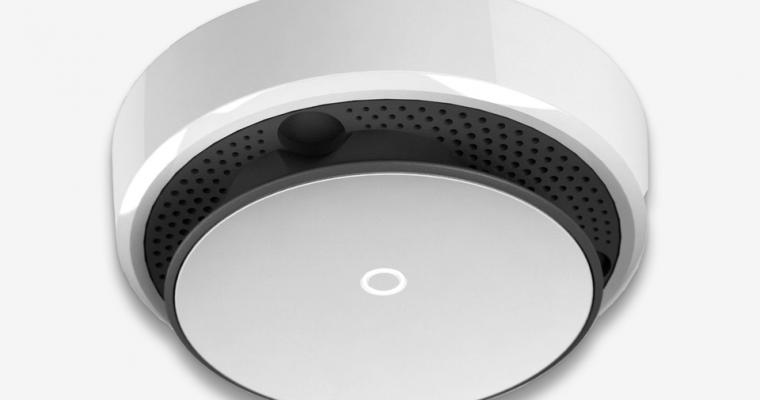
The all new LUPUS Mobile Smoke Detector
In the modern era, where safety and convenience are paramount, the introduction of wireless NB-IoT based smoke detectors represents a significant leap forward in home protection. These advanced devices offer unparalleled peace of mind, ensuring that homeowners have 24/7 access to the status of their smoke detectors, regardless of their location or the number of devices installed across different apartments.
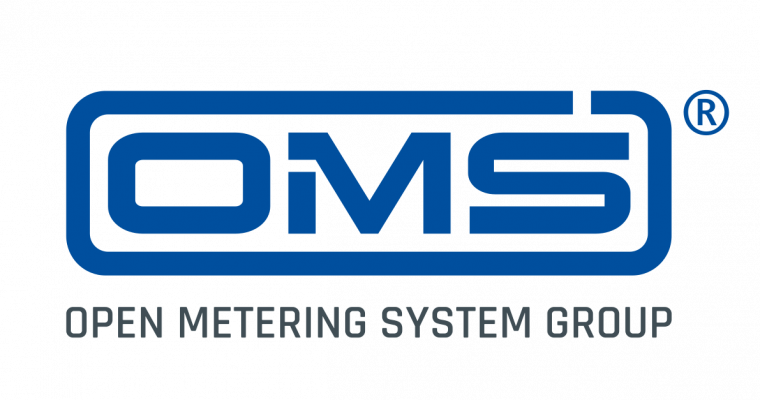
OMS - Open Metering Standard
The housing industry is witnessing a significant transformation with the introduction of wired Open Metering System (OMS)-based sensors. These innovations are not just elevating the efficiency and effectiveness of utility management within residential complexes but are also paving the way for substantial cost and CO2 savings.

The Vision of Smart Cities
The concept of a "smart city" represents the pinnacle of urban planning and technology integration, aimed at enhancing the quality of life for its inhabitants while minimizing environmental impact.
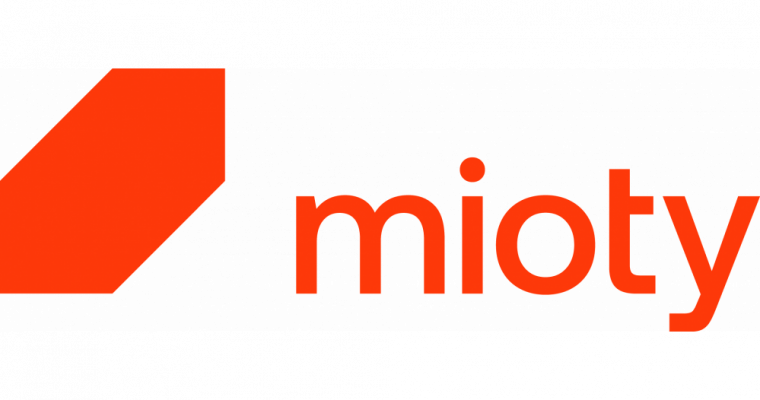
Mioty = Lorawan 2.0
MIOTY technology, designed as a cutting-edge low-power wide-area network (LPWAN) protocol, is specifically developed to meet the growing demands of the Internet of Things (IoT) by addressing the critical limitations faced by traditional LPWAN technologies such as LoRaWAN and NB-IoT
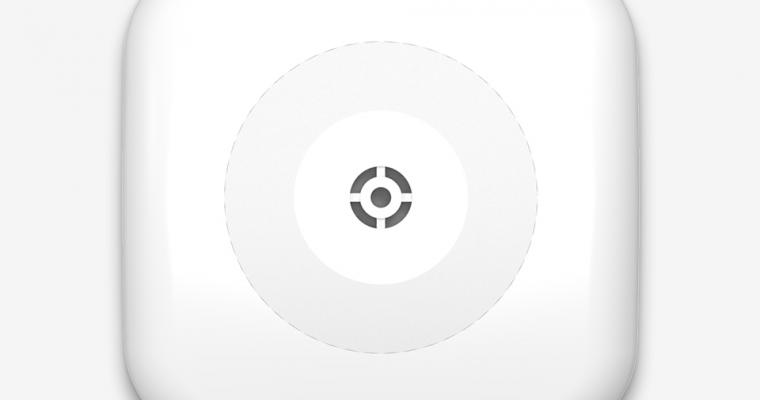
Common Use Cases powered by NB-IoT
In the age of smart technology, the advent of an NB-IoT based temperature and humidity sensor marks a significant leap forward in environmental monitoring.
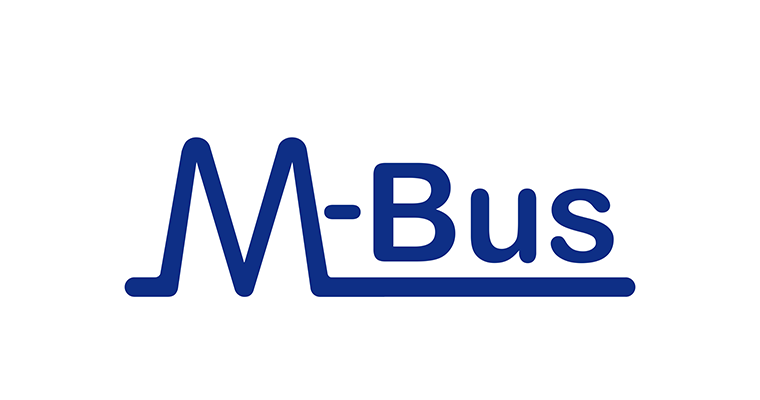
What is wireless MBus?
Wireless M-Bus, short for "Wireless Meter-Bus", is a European standard (EN 13757-4) specifically developed for wireless remote reading of gas, water, heat and electricity consumption meters

What is the Energy Efficiency Directive (EED)
The Energy Efficiency Directive (EED), officially Directive 2012/27/EU of the European Parliament and of the Council, is a key piece of the European Union's (EU) energy policy, aiming to enhance energy efficiency within the EU.

Summary of DIN EN 14676-1 C
The DIN 14676-1 standard, updated in September 2023, focuses on requirements for the planning, installation, operation, and maintenance of smoke alarms in residential buildings, apartments, and rooms with similar residential use.